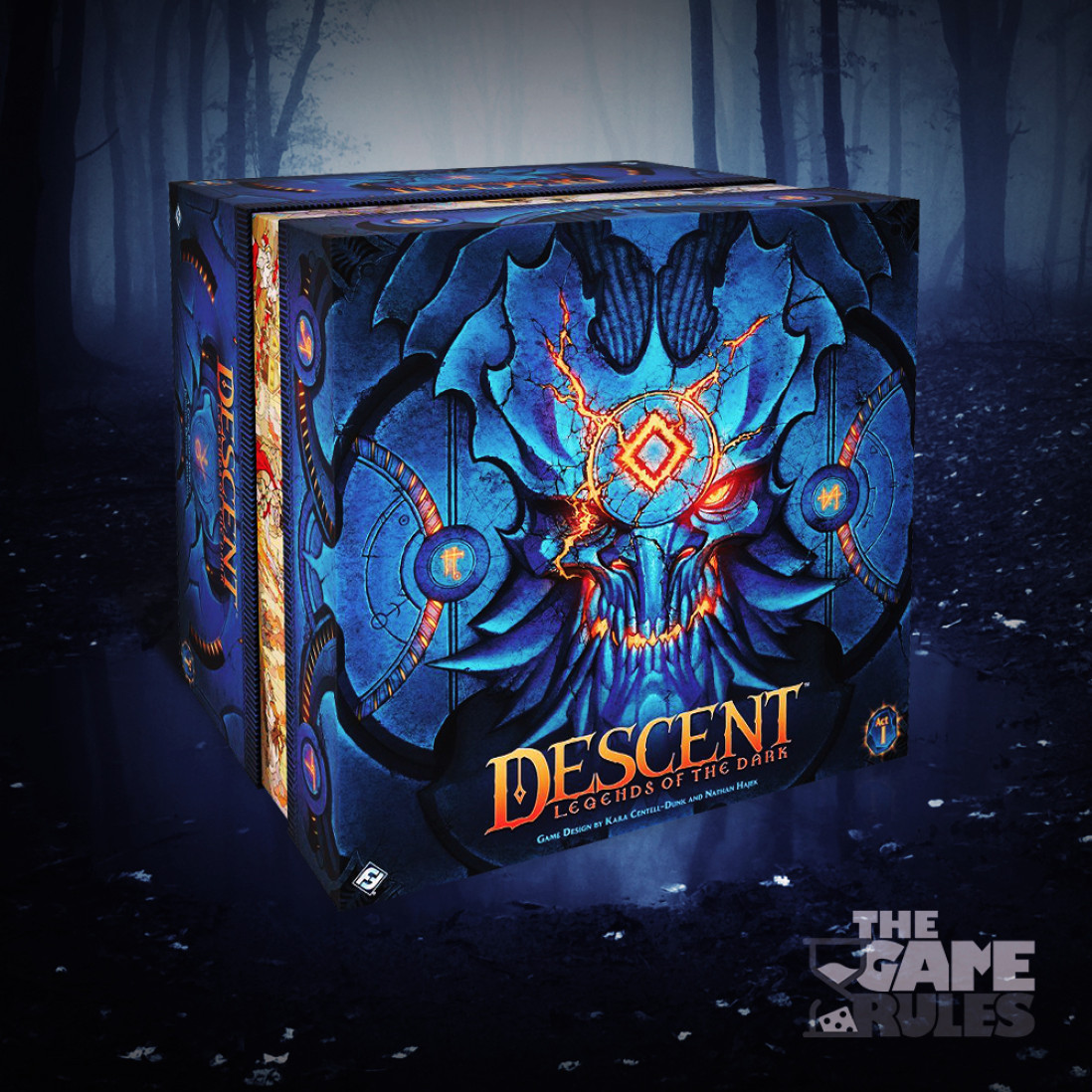

Competitive Balance: Each available hero has stats and unique abilities that make them useful in certain situations and weak in others.
 Combat Medic: The Healer archetype, although its Disciple sub-class is more suited for dishing out pain than the Spiritspeaker, who is more of a Support Party Member focusing on Status Buffs. Character Class System: Each available hero has one of four archetypes ( Warrior, Mage, Scout, and Healer) that determines which classes he or she can belong to (two per archetype in the base Second Edition, more with expansions), which, in turn, determines their abilities and starting gear. Body Armor as Hit Points: Some armors, like the Leather Armor, give the heroes extra hit points in addition to an extra defense die. Behind the Black: The Overlord is able to use spawn cards to generate monsters in any part of the board that the heroes can't currently see, even if it's in a dead-end passage that they just checked out last turn. The Beastmaster: The Necromancer class has the ability to summon an undead minion to fight for them and many of its abilities revolve around buffing the minion. The starting text for each quest suggests they spent it all on whores and drinking. Bag of Spilling: In the first edition, the heroes do not retain their gear between adventures. Attack Reflector: The Shield of Zorek's Favor lets a Lieutenant wielding it reflect some of the damage they take at the attacker. Armor-Piercing Attack: Some weapons and magical attacks have the special property "Pierce", which allows them to ignore some of the defenses the target has rolled. Armor and Magic Don't Mix: It is usually impossible to equip heavy armor and Rune weapons (the main weapon type for mages) simultaneously. The players decide in which order to act on their turn, while the Overlord decides when to activate each monster group on his, with a twist that once a hero or a monster group starts to act, they must carry out all of their actions for the turn. The game contains examples of following tropes:
Combat Medic: The Healer archetype, although its Disciple sub-class is more suited for dishing out pain than the Spiritspeaker, who is more of a Support Party Member focusing on Status Buffs. Character Class System: Each available hero has one of four archetypes ( Warrior, Mage, Scout, and Healer) that determines which classes he or she can belong to (two per archetype in the base Second Edition, more with expansions), which, in turn, determines their abilities and starting gear. Body Armor as Hit Points: Some armors, like the Leather Armor, give the heroes extra hit points in addition to an extra defense die. Behind the Black: The Overlord is able to use spawn cards to generate monsters in any part of the board that the heroes can't currently see, even if it's in a dead-end passage that they just checked out last turn. The Beastmaster: The Necromancer class has the ability to summon an undead minion to fight for them and many of its abilities revolve around buffing the minion. The starting text for each quest suggests they spent it all on whores and drinking. Bag of Spilling: In the first edition, the heroes do not retain their gear between adventures. Attack Reflector: The Shield of Zorek's Favor lets a Lieutenant wielding it reflect some of the damage they take at the attacker. Armor-Piercing Attack: Some weapons and magical attacks have the special property "Pierce", which allows them to ignore some of the defenses the target has rolled. Armor and Magic Don't Mix: It is usually impossible to equip heavy armor and Rune weapons (the main weapon type for mages) simultaneously. The players decide in which order to act on their turn, while the Overlord decides when to activate each monster group on his, with a twist that once a hero or a monster group starts to act, they must carry out all of their actions for the turn. The game contains examples of following tropes: #DESCENT LEGENDS OF THE DARK RULES FULL#
In June 2016, Fantasy Flight has also released a free companion app on Steam, Descent: Road to Legend, which takes over the role of the Overlord, allowing human players to play in full co-op mode against the computer.

The rule books for the Second Edition and its expansions can be found at the publisher's website. The second edition, released in 2012, revamped the entire game with campaign mode as a core feature in mind, and has since phased out the first edition completely and received a number of expansions of its own. The 2008 expansion, The Road to Legend, introduced the rules for campaign play that had to take several sessions to complete and added plot elements for the Overlord, bringing the experience even closer to a Tabletop RPG. The original included basic rules for carrying over experience gained in earlier scenarios. Originally published by Fantasy Flight Games in 2005, Descent received a number of Expansion Packs that added new scenarios, heroes, and monsters. It consists of multiple "scenarios" that define the battle map (built together from differently shaped tiles), the monsters, and the session goals for the heroes and the Overlord, and is often viewed as a Spiritual Successor to HeroQuest. The Second Edition box art Descent: Journeys in the Dark is an American-style Adventure Board Game that pits a team of Dungeon Crawling heroes, each played by a different player, against the Overlord-a single player who controls all the monsters and traps on the map.







 0 kommentar(er)
0 kommentar(er)
